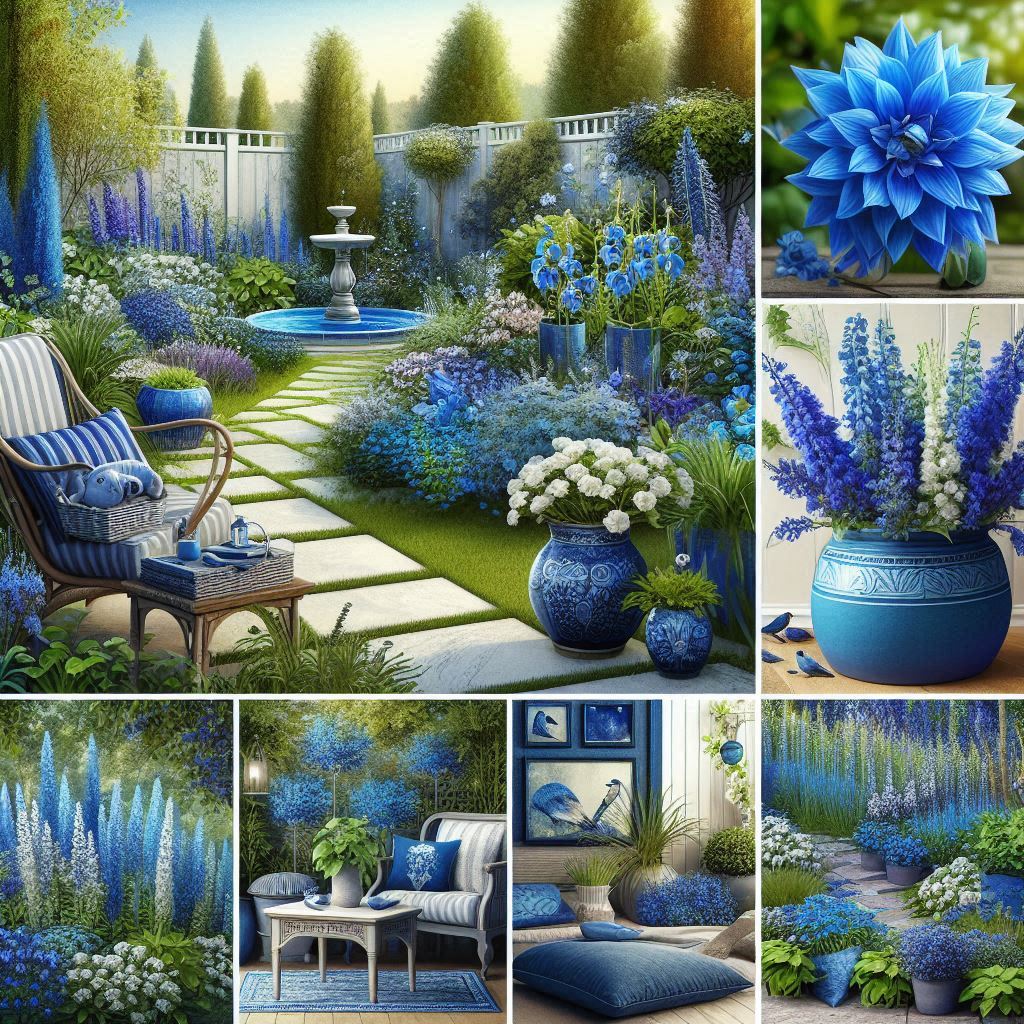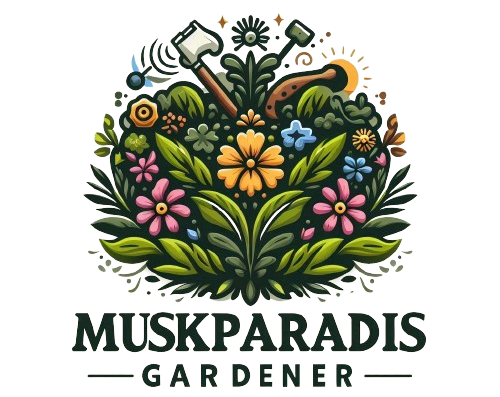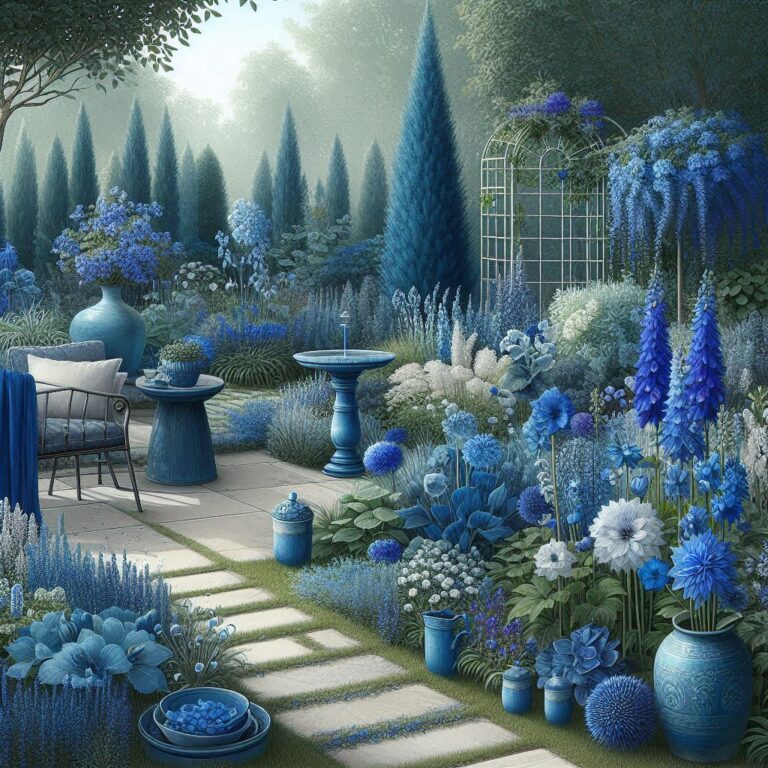Creating a Blue Garden: Tips and Plant Recommendations
Choosing the Right Blue Plants
Annuals and Perennials
When creating a blue garden, selecting the right mix of annuals and perennials is crucial. Annuals like lobelia and bachelor’s buttons provide vibrant blue hues that last through the growing season but need to be replanted each year. Perennials, such as delphiniums and bluebells, return year after year, offering consistency and structure to your garden. Combining both types ensures continuous color and variety.
Shrubs and Trees
Incorporating shrubs and trees with blue flowers or foliage can add depth and dimension to your blue garden. Consider planting bluebeard (Caryopteris), which produces clusters of blue flowers in late summer, or the blue spruce, known for its striking blue needles. These larger plants provide a backdrop and focal points that enhance the overall design of your garden.
Ground Covers and Vines
Ground covers and vines can play a significant role in filling in gaps and adding layers to your blue garden. Plants like creeping phlox and blue star creeper create a carpet of blue blooms at ground level. For vertical interest, try incorporating climbing plants like morning glories or clematis, which can cover fences, trellises, and arbors with their beautiful blue flowers.

Designing Your Blue Garden
Color Combinations
While a blue garden focuses on blue plants, incorporating other colors can create a more dynamic and visually appealing space. Pair blue flowers with complementary colors like white, yellow, or silver to make the blue tones stand out. For example, white daisies and yellow marigolds can highlight the blue hues of forget-me-nots and salvia.
Garden Layout
The layout of your blue garden is essential for achieving the desired aesthetic. Plan your garden by arranging taller plants, such as delphiniums and blue spruce, towards the back and shorter plants, like lobelia and blue star creeper, towards the front. This tiered approach ensures that all plants are visible and creates a sense of depth and perspective.
Seasonal Interest
To keep your blue garden interesting throughout the year, choose plants that bloom in different seasons. Early bloomers like bluebells and forget-me-nots can start the season with a burst of color, followed by summer bloomers like hydrangeas and morning glories. In the fall, consider plants like aster and Russian sage to extend the blue hues into the cooler months.

Care and Maintenance
Soil and Watering
Proper soil and watering practices are vital for maintaining a healthy blue garden. Most blue-flowering plants prefer well-drained soil with a slightly acidic to neutral pH. Regular watering is necessary, especially during dry periods, but avoid overwatering as it can lead to root rot. Mulching helps retain moisture and suppress weeds, contributing to a thriving garden.
Pruning and Deadheading
Pruning and deadheading are essential tasks to keep your blue garden looking its best. Regularly remove spent flowers to encourage new blooms and prevent the plants from going to seed. Pruning shrubs and trees, such as bluebeard and blue spruce, maintains their shape and promotes healthy growth. Pay attention to each plant’s specific pruning needs to ensure optimal health and flowering.
Pest and Disease Management
Keeping pests and diseases at bay is crucial for the success of your blue garden. Monitor your plants regularly for signs of trouble, such as discolored leaves, chewed foliage, or stunted growth. Use organic or chemical treatments as necessary to address issues. Encouraging beneficial insects, like ladybugs and lacewings, can also help control pest populations naturally. Implementing good gardening practices, such as crop rotation and proper spacing, reduces the risk of disease.
Enhancing the Blue Garden Experience
Decorative Elements
Adding decorative elements can enhance the beauty of your blue garden. Consider incorporating blue garden ornaments, such as ceramic pots, bird baths, or benches, to reinforce the color scheme. Decorative stones, gravel paths, or water features can also add texture and visual interest while complementing the blue theme.
Wildlife Attraction
Attracting wildlife to your blue garden can create a lively and dynamic environment. Planting nectar-rich blue flowers, such as salvia and lavender, attracts pollinators like bees and butterflies. Providing bird feeders and bird baths encourages birds to visit, adding movement and sound to your garden. Creating a habitat for beneficial insects helps with natural pest control and enhances biodiversity.
Lighting and Seating
Proper lighting and seating areas allow you to enjoy your blue garden during different times of the day. Install garden lights along pathways and around key plants to highlight their beauty in the evening. Adding comfortable seating, such as a bench or a swing, provides a place to relax and admire your garden. Consider placing seating areas in spots that offer the best views of your blue plants and features.

Conclusion
Creating a blue garden is a rewarding endeavor that can transform your outdoor space into a peaceful haven. By carefully selecting a mix of blue annuals, perennials, shrubs, and ground covers, you can achieve a vibrant and cohesive color scheme that lasts throughout the seasons. Incorporating complementary colors, thoughtful garden design, and proper care and maintenance will ensure your blue garden remains healthy and beautiful.
Enhancing your blue garden with decorative elements, attracting wildlife, and providing lighting and seating areas will create a space that is not only visually appealing but also inviting and enjoyable. With the tips and plant recommendations provided, you are well-equipped to embark on your journey to create a stunning blue garden that offers serenity and charm year-round.



